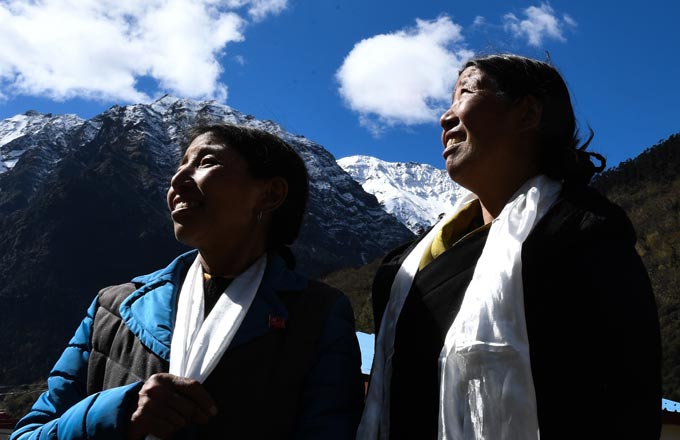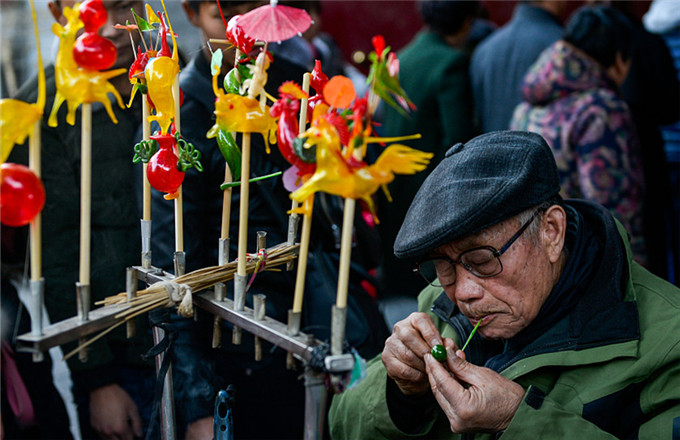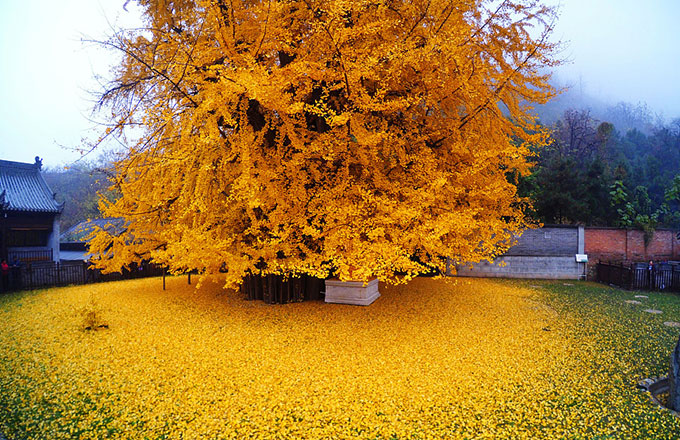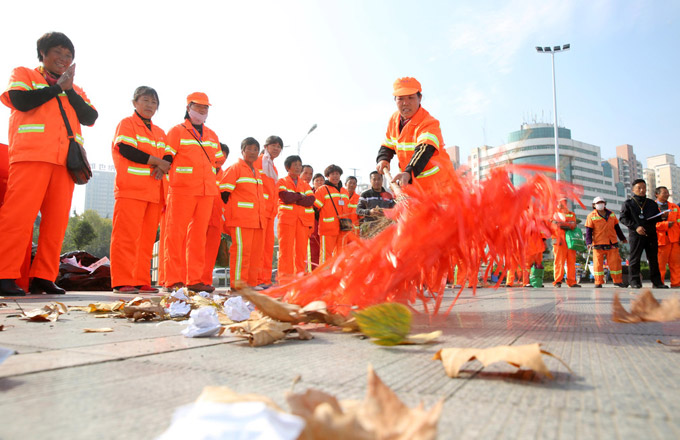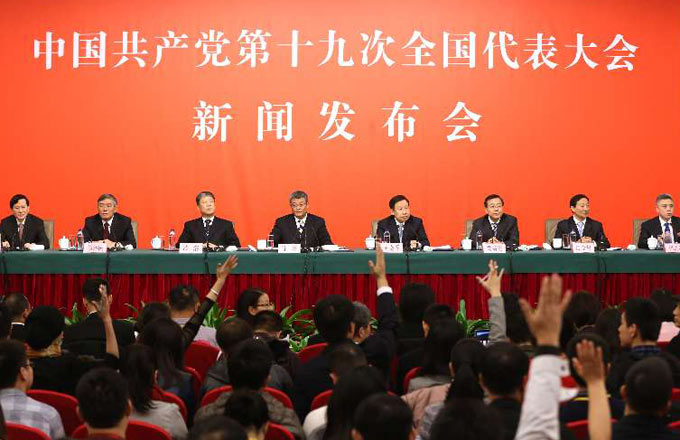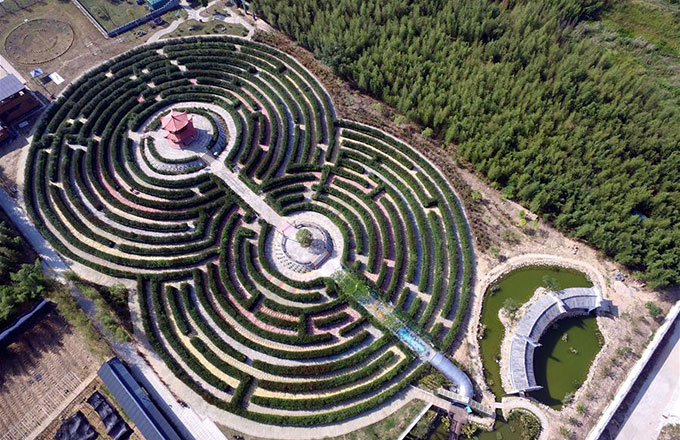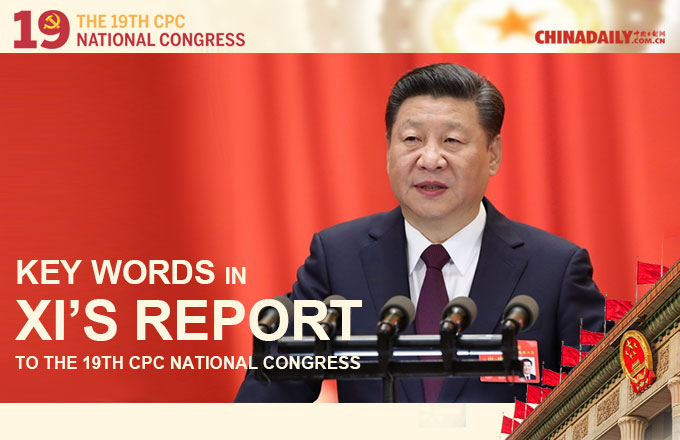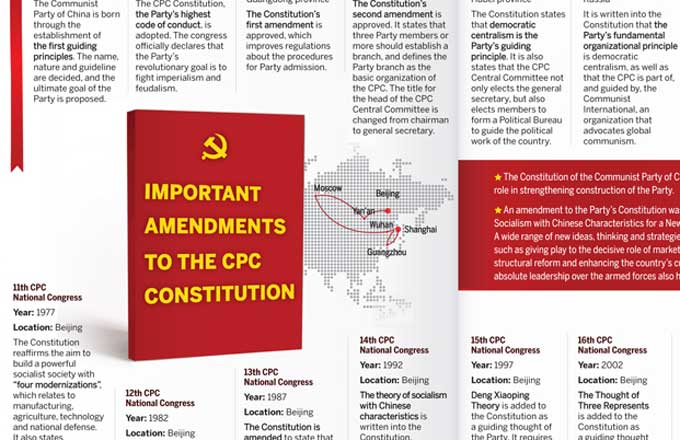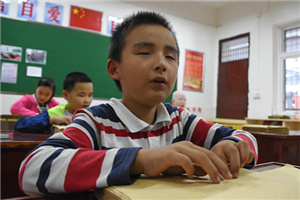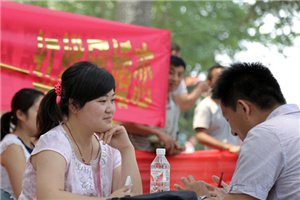Ministry: More days polluted in region
With the winter heating season nearing, Beijing's air quality challenges continue
The Beijing-Tianjin-Hebei province region saw air pollution worsen in the first three quarters of the year, with concentrations of major pollutants rising and fewer days with blue skies, according to data from the Ministry of Environmental Protection released on Saturday.
From January to September, residents in the 13 major cities in the northern region on average saw 52.6 percent of days with good air quality, a year-on-year decrease of 8.7 percentage points, said Liu Zhiquan, head of environmental monitoring at the ministry.
Concentrations of PM2.5 and PM10 both increased by about 10 percent in the first three quarters, the figures showed.
PM2.5 and PM10 refer to hazardous particulate matter with diameters measured in microns. They are used for China's major air quality indexes.
In the smog-affected region, six cities were listed among the 10 most polluted of the 74 domestic cities with severe problems in the first three quarters. Shijiazhuang, the capital of Hebei province, was No 1, with the most severe air pollution, according to the ministry figures.
Beijing saw a significant decline in air quality in September. PM10 levels increased by 53.8 percent year-on-year, and days with blue skies accounted for about half the total, at 53.8 percent of the days - a 13.4 percentage point drop year-on-year - the ministry said in the statement.
"From March to August, the strict controls on emissions in Beijing and the neighboring region have worked to push PM2.5 levels down, hitting a record low," the capital's Environmental Protection Bureau said on Sunday. "But the typical air pollution, which occurs in winter, hit the capital earlier in September, creating a severe challenge."
China's vast northern and eastern regions, including the Beijing-Tianjin-Hebei area, are prone to severe air pollution when heating services fire up, typically in November. Coal burning soars, and frequent atmospheric thermal inversions occur, which make the dispersal of pollutants difficult.
Beijing has experienced challenges in meeting the reduction target set by the central government - an average PM2.5 concentration in 2017 of 60 micrograms per cubic meter.
Data show that in the first nine months, the average level was 60, and the winter season is unlikely to help maintain that.
"Beijing has imposed strict measures to curb pollution emissions since 2017 and strengthened their implementation since September. Joint efforts have been made by every involved department and district," the municipal environmental authority said.
To date, Beijing has phased out 374,000 old vehicles with heavy exhaust emissions. And 5,829 polluting companies, which were exposed by environmental inspectors from the ministry, were shut down, it said.
The capital's environmental authority has levied fines of 145 million yuan ($21.8 million) on more than 3,000 polluting companies in the first three quarters, an 86.2 percent increase of total fines in the same period last year.
zhengjinran@chinadaily.com.cn


